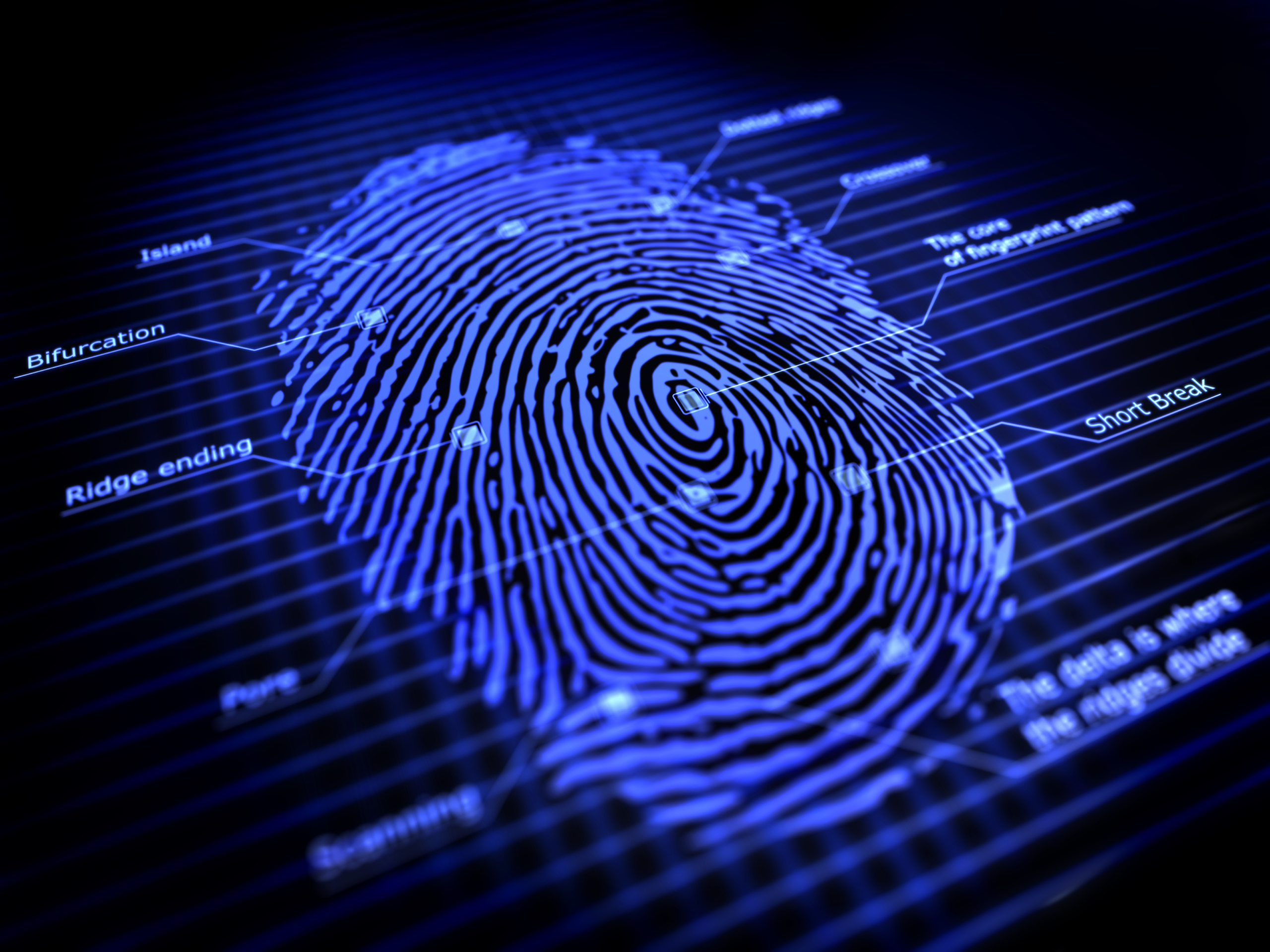The team, from the University of Buffalo, New York, said the technology could help detect tsunamis, offering more reliable warning systems. They aim to create an agreed standard for underwater communications, to make interaction and data-sharing easier.
Unlike normal wi-fi, which uses radio waves, the submerged network technology utilises sound waves. Radio waves are able to penetrate water, but with severely limited range and stability. Sound waves provide a better option - as demonstrated by many aquatic species such as whales and dolphins.
Wireless communication underwater has been possible for some time, but the problem lies in getting separate systems used by different organisations to communicate with each other. The US National Oceanic and Atmospheric Administration (NOAA), for instance, uses acoustic waves to send data from tsunami sensors on the sea floor to buoys on the surface. However due to infrastructure differences, this data cannot be shared quickly with other information gathered by the US Navy. Therefore, the University of Buffalo team is attempting to create a shared standard.
"A submerged wireless network will give us an unprecedented ability to collect and analyse data from our oceans in real time," said Tommaso Melodia, lead researcher. "Making this information available to anyone with a smartphone or computer, especially when a tsunami or other type of disaster occurs, could help save lives."
The test was carried out at Lake Erie, near Buffalo. The research team dropped two 40lb (18kg) sensors into the water - and were then able to use a laptop to transmit information to them.
Source: BBC News









